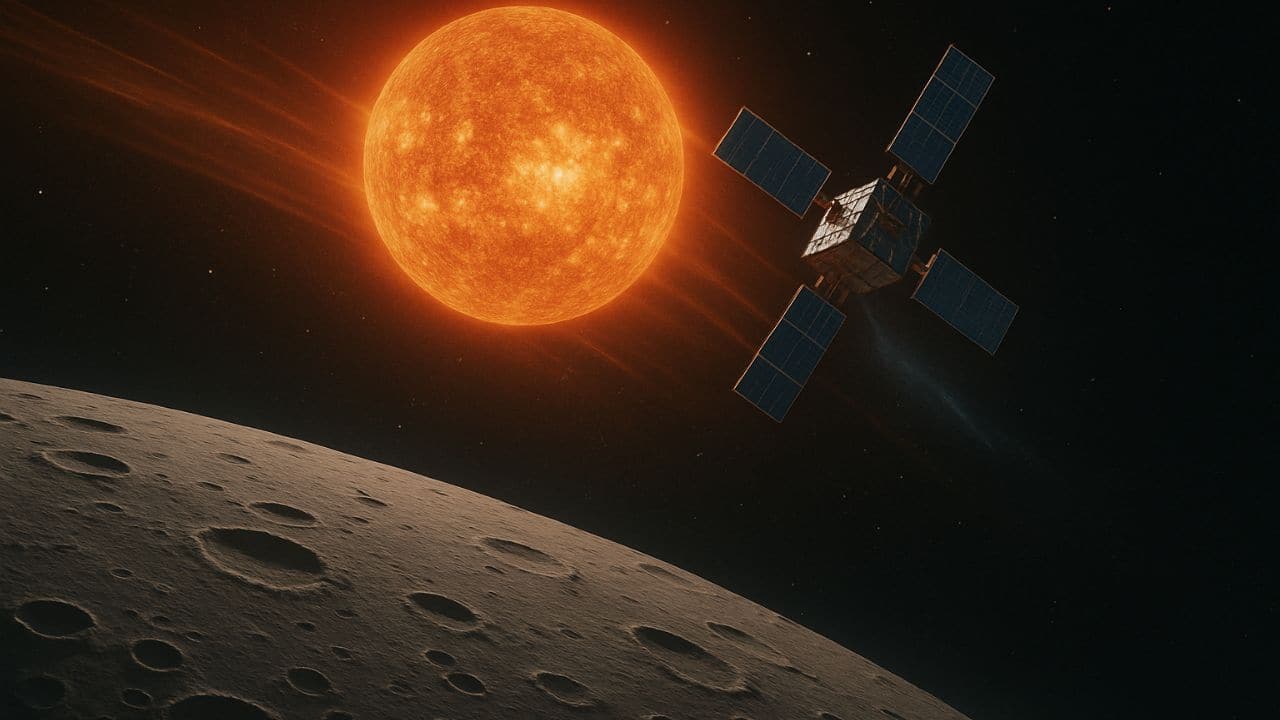For years, people have wondered how water formed on the Moon. Now, a NASA-led team says the Sun might be helping. Their latest lab test shows this idea could be true.
Old Theory Gets Fresh Proof in NASA Lab Since the 1960s, scientists have believed solar wind plays a role. These are charged particles that the Sun constantly releases. They move fast and hit the Moon’s dusty surface hard.

Earth’s atmosphere shields us, but the Moon has none. When solar wind hits lunar soil, it starts reactions. Protons in the wind meet electrons in Moon dust.
This makes hydrogen atoms, which then bond with oxygen. That creates hydroxyl or water molecules near the surface. Daily Changes in Water Signal Solar Link Spacecraft had already spotted signs of water on the Moon.
Scientists noticed the signals change during the lunar day. Water levels rise in cool mornings, then fade by noon. At night, they peak again as the surface cools.
These daily patterns support the solar wind theory. Researchers also think meteorite strikes might play a part. They add heat that can spark chemical reactions.
Still, solar wind remains the top suspect behind Moon water. NASA Team Builds Unique Setup for Testing Dr Li Hsia Yeo and Dr Jason McLain led the project. They work at NASA’s Goddard Space Flight Centre in Maryland.
Their goal was to test Apollo 17 samples with zero outside water. They built a special lab device to do it. It held everything inside one clean chamber.
That included a solar beam, airless space and detector. This stopped any outside moisture from mixing with the dust. “It took many tries to fit it all in,” McLain said.
“But keeping samples clean gave us real results.” Water-Like Signal Seen in Apollo Moon Dust They first baked the Apollo dust to dry it out. Then, they blasted it with mock solar wind for days.
That amount of solar particles equals 80,000 Moon years. Their detector checked how the light bounced back. Water and hydroxyl leave a mark near 3 microns.
The dust showed a dip in this range — a key sign. The signal’s shape suggests both hydroxyl and water formed. The study was published on 17 March in JGR Planets.
The discovery could help future Artemis astronauts exploring the South Pole..















